Another major problem in South Africa is the prevalence of HIV/AIDS. An estimated 6.3 million people were living with HIV in 2013.
Source: CIA Factbook, U.N.


Misery index score: 11.80%
CPI inflation: 0.3%
Unemployment: 11.5%
Chile's major industries include copper (which alone provides 19% of government revenue), lithium, foodstuffs, and fish processing. Chile's economy relies on foreign trade — exports of goods and services make up about 33% of Chile's GDP.
Chile is known for its strong financial institutions; it has the strongest sovereign bond rating in South America.
Recently, Chile's economy grew at its slowest pace since 2010.
Source: CIA Factbook, Bloomberg
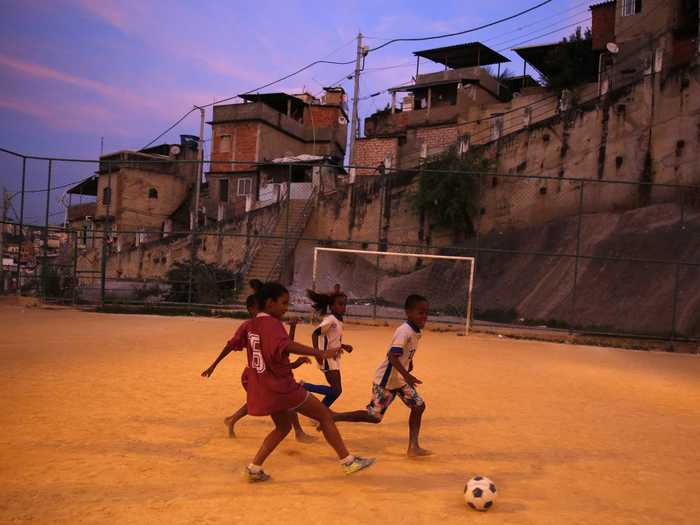
Misery index score: 11.40%
CPI inflation: 6.5%
Unemployment: 4.9%
Brazil was one of the first emerging markets that began recovering after the global financial crisis. Large capital inflows in the past few years led to the appreciation of the currency. However, this has also hurt the domestic manufacturers; the government subsequently raised taxed on some capital inflows.
However, the economy is slowing down, (the economy expanded by just 0.2% in Q1 2014, and Q2 is expected to be as low) which has led to the devaluation of the Real.
Major industries include textiles, shoes, chemicals, and cement. Agriculture makes up 5.5% of the GDP.
Source: CIA Factbook, WSJ, Bloomberg, BBC

Misery index score: 11.80%
CPI inflation: 0.3%
Unemployment: 11.5%
In order to improve its economy, Poland must attend to road and rail infrastructure deficiencies, rigid labor code, commercial court system, and "burdensome" tax system.
Major industries include machine building, iron and steel, coal mining, and chemicals.
Poland's recent economic slowdown is worse than anticipated, and there is a chance that interest rates might be cut. Additionally, Poland's GDP is expected to drop 0.6 pct points because of the Russian import bans.
Source: CIA Factbook, Bloomberg, WSJ
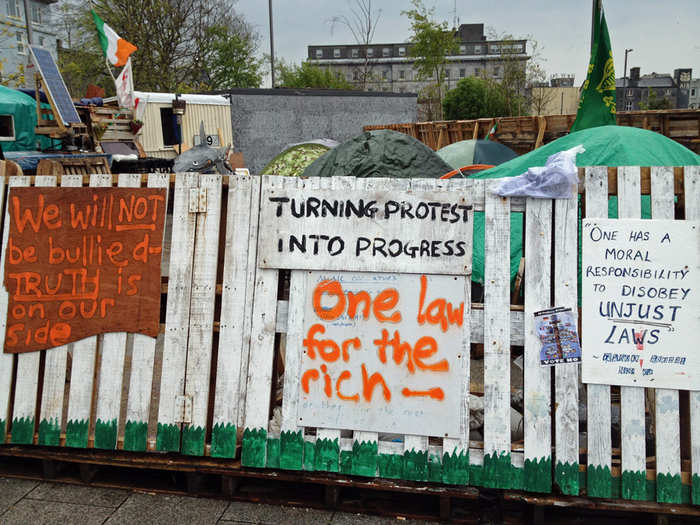
Misery index score: 11.80%
CPI inflation: 0.3%
Unemployment: 11.5%
Ireland had the world's largest deficit as a percentage of GDP in 2010 (at 32.4%), following a 2008 recession. By 2013, the country reduced the budget deficit to 7.2% of the GDP. Ireland officially exited the EU-IMF bailout program by the end of 2013.
Major industries include pharmaceuticals, chemicals, and computer hardware and software. Agriculture makes up only 1.6% of the GDP.
The Irish Central Bank recently increased its growth outlook.
Source: CIA Factbook, WSJ

Misery index score: 11.90%
CPI inflation: 4.9%
Unemployment: 7.0%
Major industries include electronics assembly, garments, footwear, pharmaceuticals and chemicals. Agriculture accounts for 11.2% of the GDP.
In 2012, the Philippines' stock market was the second best performer in Asia.
However, major infrastructure problems are preventing its economy from advancing to the next level.
Source: CIA Factbook, New York Times

Misery index score: 12.40%
CPI inflation: 7.5%
Unemployment: 4.9%
Russia is a leading oil and gas producer and steal and primary aluminum exporter. Because the country relies on commodity exports, Russia is vulnerable economic cycles and price swings. Its manufacturing sector is not competitive globally; rather, it focuses on domestic consumption.
Russia's economic growth is expected to decline following its recent and ongoing intervention in Ukraine.
Fun fact: Russia is 56 times as large as Italy, but the two countries' economies are basically the same size. (Russia's is $2.097 trillion, while Italy's is $2.071 trillion.)
Source: CIA Factbook, World Bank

Misery index score: 12.57%
CPI inflation: -0.1%
Unemployment: 12.7%
Major industries include metal and metal products; food and beverages; electricity, gas, oil, and nuclear fuel. Unfortunately, economic growth is stifled by corruption and slow dispute resolution.
Starting September 1, 27 million cubic meters of gas per day will flow from Slovakia to Ukraine's national pipeline operator, which will provide up to 20% of Ukraine's natural gas demand.
Source: CIA Factbook, RT

Misery index score: 12.80%
CPI inflation: 0.1%
Unemployment: 12.7%
Italy's economy is split in two: the north of the country is highly developed with private companies (mostly dealing with the production of high-quality consumer goods). The south is less developed and primarily agriculture-based; it's heavily subsidized and unemployment is higher.
Italy has the third-largest economy in the eurozone, but public debt and structural problems have arrested growth. In 2013, public debt was 133% of the GDP. Overall unemployment is at 12.4%, and youth unemployment is at a whopping 40%.
Italy recently slipped into its third recession since 2008.
Source: CIA Factbook, WSJ
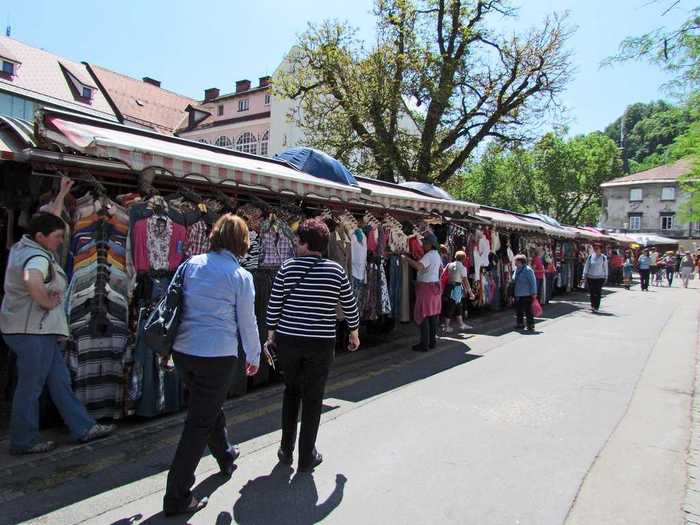
Misery index score: 13.03%
CPI inflation: -0.9%
Unemployment: 13.9%
Major industries in Slovenia include ferrous metallurgy and aluminum products, lead and zinc smelting, electronics (including military electronics) and electric power equipment. Agriculture constitutes 2.2% of the GDP.
Slovenia's economy is expected to contract 1% in 2014, and therefore the government is working to bolster investor confidence in Slovenia. The economy was heavily export-driven, and thus suffered during the global economic crisis.
Slovenia's new Prime Minister, Cerar, "hinted on Monday" that he might cut back the country's privatization efforts.
Source: CIA Factbook, BBC, Bloomberg
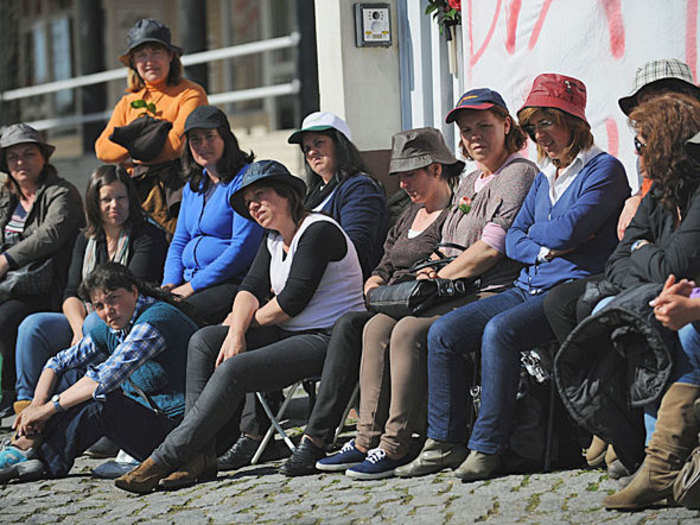
Misery index score: 13.03%
CPI inflation: -0.9%
Unemployment: 13.9%
Since joining the EU, Portugal's economy has diversified, and moved into service industries. Growth rate slowed from 2001-2008, and the economy contracted in 2009, and then again from 2011 to 2013.
The government reduced the budget deficit from 10.1% of GDP in 2009, to 5.1% in 2013, beating the target of 5.5%. However, public debt continues to growth, which may lead to difficulties regaining full bond market financing in 2014.
Recently, Portugal's economy grew 0.6% in Q2, up by 0.8% from last year.
Source: CIA Factbook, The Portugal News
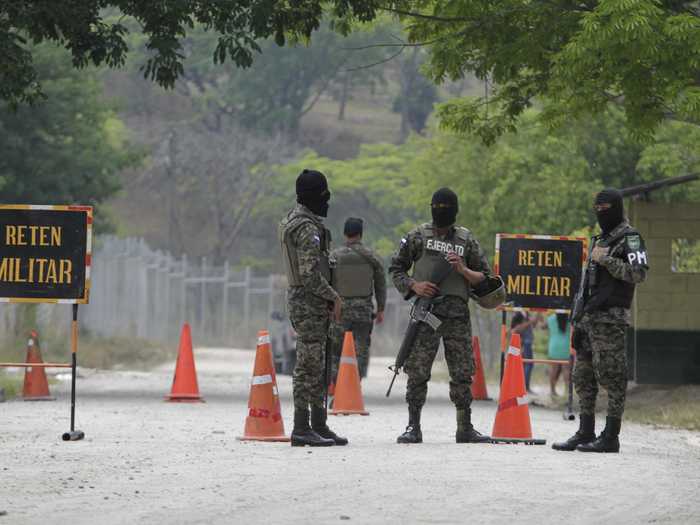
Misery index score: 13.54%
CPI inflation: 2.9%
Unemployment: 10.7%
Colombia's economy depends on energy and mining exports — it's the fourth largest coal producer overall and the fourth largest oil producer in Latin America. Poor infrastructure and uncertainties with security have stifled economic growth.
Poverty is a major problem in Colombia — 32.7% of the population lives below the poverty line. However, the number has been slowly decreasing since 2008 (when 42% lived below the poverty line).
Colombia has a reputation as the "world's supermarket for illegal drugs like cocaine and a hotspot for related threats of violence, kidnappings, and guerrilla war." Recently, the government announced that they were teaming up with former rebel enemies to combat the drug problems.
Sources: CIA Factbook, World Bank, Foreign Policy
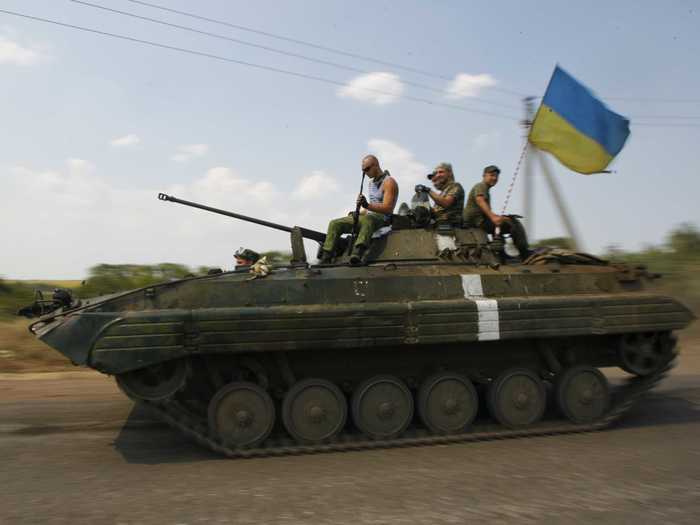
Misery index score: 14.20%
CPI inflation: 12.6%
Unemployment: 1.6%
Ukraine's major industries include coal, electric power, metals, and machinery and transport equipment. The GDP sectors include services (60.5%), industry (29.6%), and agriculture (9.9%).
In 2014, Russia and Ukraine were involved in a territorial dispute. Crimea, previously geographically part of Ukraine but with a predominantly ethnic Russian population, was annexed by Russia.
In July, a Boeing 777 Malaysia plane was shot down over Ukraine. Ukrainian military and the pro-Russia rebels blame each other for the event.
Source: CIA Factbook, BBC
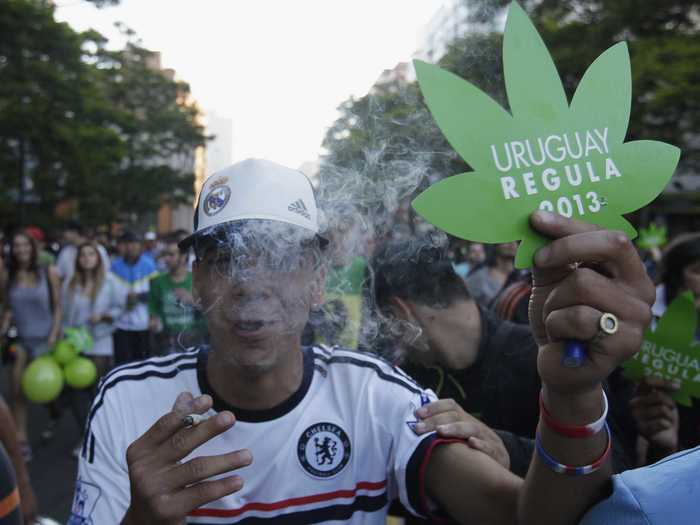
Misery index score: 15.96%
CPI inflation: 9.1%
Unemployment: 6.9%
Uruguay grew at an average annual rate of 8% from 2004 to 2008, but the global financial crisis led that to drop to 2.6% in 2009. The country avoided a recession through public expenditure and investment, although GDP growth has since slowed in 2012-2013.
Uruguay is known as an extremely liberal country: same-sex marriage and a marijuana market were legalized. However, recent census statistics show that Uruguayans with African origin are more likely to live below the poverty line and have worse educations. Subsequently, the population sees lower wages and higher unemployment rates.
Source: CIA Factbook, CNN, WSJ, Foreign Policy
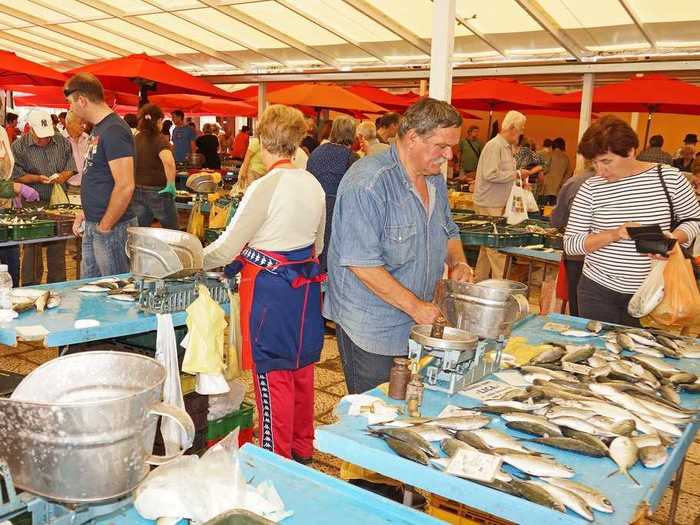
Misery index score: 17.70%
CPI inflation: -0.1%
Unemployment: 17.8%
Croatia's major industries include chemicals and plastics, machine tools, metals, and electronics. Services account for 69.2% of the GDP; agriculture accounts for 5%.
In 2013, Croatia finally joined the European Union. Now, the government is under even more pressure to reduce the high public debt.
Croatia is expected to suffer because of the Russian sanctions; food exports to Russia are estimated to be about 1.5% of all exported foods at a value of €15.7 million.
Source: CIA Factbook, Global Post
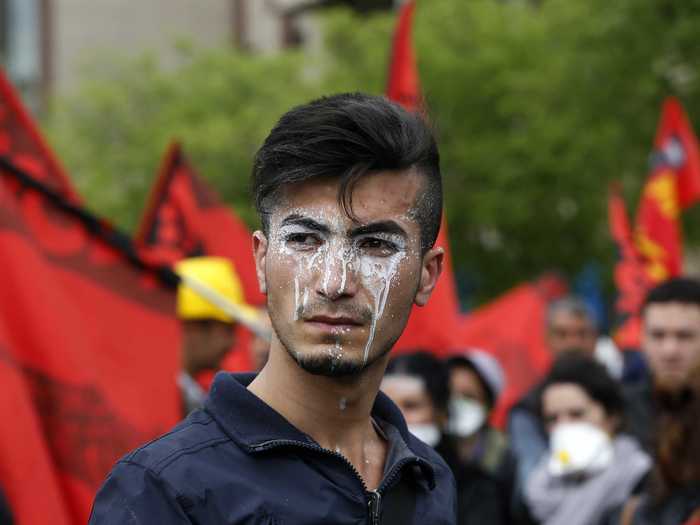
Misery index score: 18.12%
CPI inflation: 9.3%
Unemployment: 8.8%
Turkey's economy boomed in the last decade — the economy almost quadrupled in size since 2002. But there are worries about an impending bubble burst. The economist is driven by industry (textiles, food processing, mining, etc.) and service sectors. Additionally, 25% of those employed work in agriculture.
In the summer of 2013, there were protests over the growing Islamisation of Turkey. In December 2013, people associated with the Prime Minister and the government were involved corruption scandals. This is had led to concerns over the "fragility" of Turkey's democracy.
Source: CIA Factbook, BBC, Forbes, The Telegraph
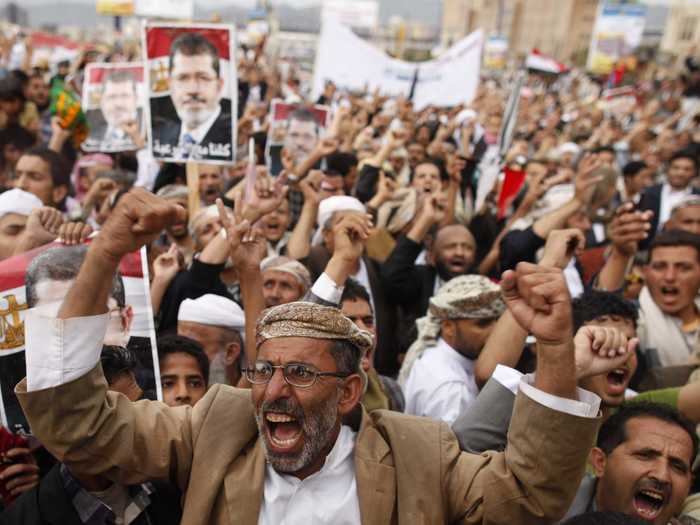
Misery index score: 23.90%
CPI inflation: 10.6%
Unemployment: 13.3%
Major industries in Egypt include textiles, food processing, tourism and chemicals. After Saudi Arabia, Egypt's economy is the second largest in the Arab world.
In 2011, Mubarak was forced out of power by protesters after nearly 30 years as president. Political polarization gripped the nation (between the Islamists and the military, liberal and secular groups) in the aftermath.
Mohammaed Morsi, a candidate from the Islamist Muslim Brotherhood, won the election in 2012. He, too, was ousted following additional protests. And in May 2014, Abdul Fattah al-Sisi, the army chief, won the presidency.
Source: CIA Factbook and BBC
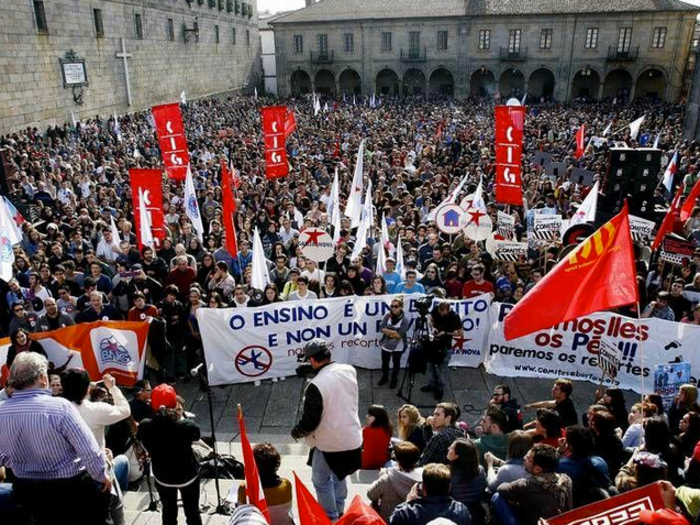
Misery index score: 24.17%
CPI inflation: -0.3%
Unemployment: 24.5%
Spain's economy has also struggled in recent years following the global financial crisis. In 2007 unemployment was around 8%, and it shot up all the way up to 26% in 2013. Spain has reduced its budget deficit from 11.4% of the GDP (2009) to slightly below 7% (2013) — although that is still below the negotiated target of 6.5%. Public debt has increased from 60.1% of the GDP to 93.4% in 2013.
Major industries include tourism, textiles and apparel, food and beverages, and various manufacturing industries and agriculture.
Source: CIA Factbook
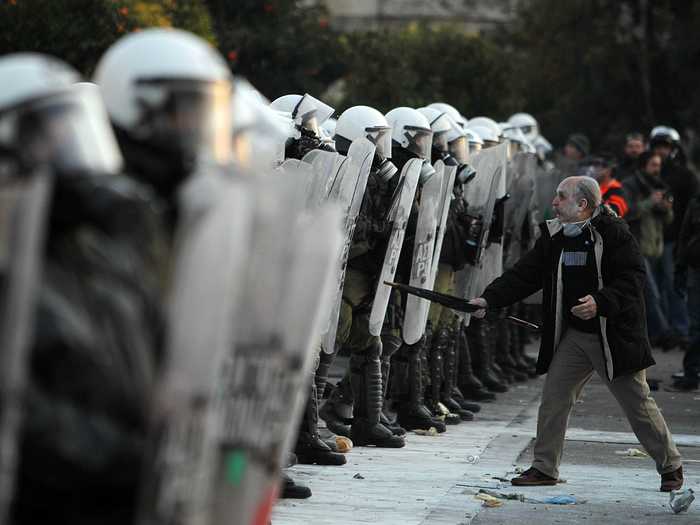
Misery index score: 27.10%
CPI inflation: -0.7%
Unemployment: 27.8%
Greece saw a severe and very public government debt crisis in the last few years. Additionally, Greece is the first developed country that was now considered an "emerging market".
The public sector makes up 40% of the GDP, and tourism accounts for 18%. Almost 20% of workers are immigrants; they primarily take the agricultural and unskilled jobs.
Source: CIA Factbook
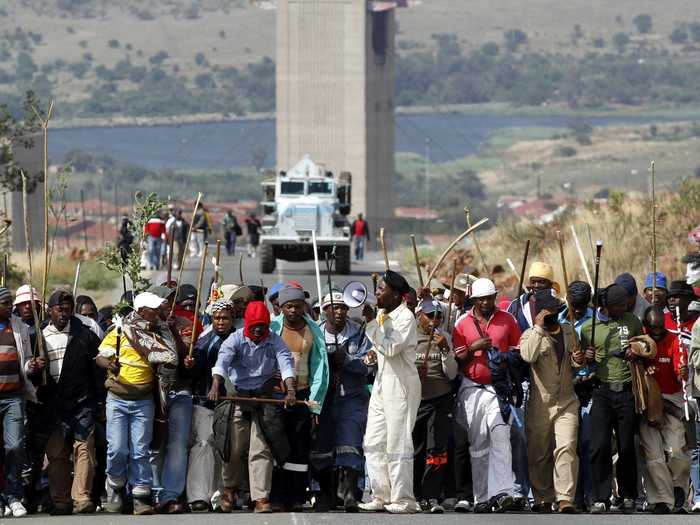
Misery index score: 31.80%
CPI inflation: 6.3%
Unemployment: 25.5%
South Africa has the 16th largest stock exchange, and many "well-developed" industries including finance, legal, energy, and transport. Unstable electricity supplies slows growth, however. "Significant" budget deficits hamper the country's ability to handle urgent economic problems.
Another major problem in South Africa is the prevalence of HIV/AIDS. An estimated 6.3 million people were living with HIV in 2013.
Source: CIA Factbook, U.N.
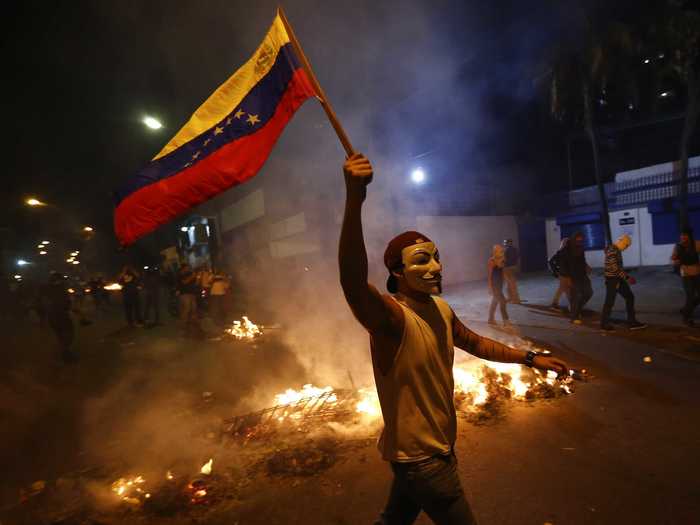
Misery index score: 59.80%
CPI inflation: 52.7%
Unemployment: 7.1%
The Venezuelan economy primarily depends on oil revenues, which totals to 96% of export earnings and approximately 12% of the GDP. In 2013 Hugo Chavez attempted to increase government control of the economy by nationalizing firms in the agribusiness, finance, construction, oil, and steel industries. This move subsequently "hurt the private investment environment, reduced productive capacity, and slowed non-petroleum exports."
In February 2014, anti-government protests erupted in Venezuela after a female student alleged that someone attempted to rape her. Protesters are seeking increased security, and an end to the high inflation crippling the economy. At least 6,369 protests (or, 35 per day) have occurred in the first six months of 2014.
According to a U.N. study on homicide, the country has the second highest murder rate in the world.
Source: CIA Factbook, BBC, U.N.
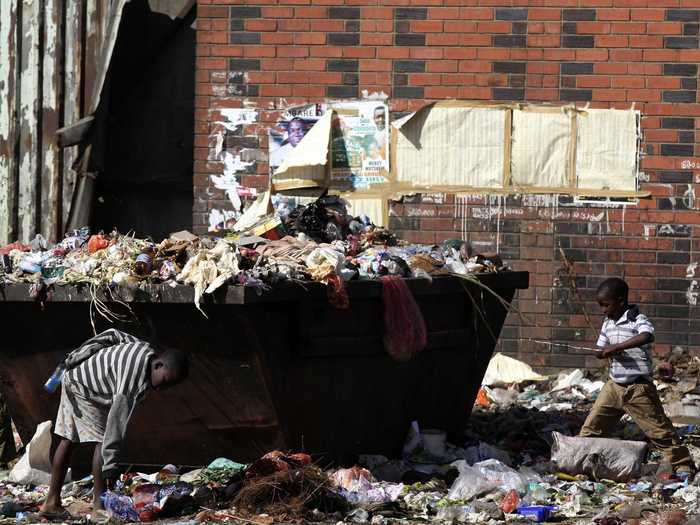
Many countries either don't update their data frequently, or do not provide data at all, so they were excluded from Bloomberg's list. But Business Insider thought they were worth highlighting based on their most recently available stats.
Here are five countries with extremely high estimated Misery Indices :
Zimbabwe Misery Index: 103.5
Burkina Faso Misery Index: 79.1
Syria Misery Index: 76.9
Turkmenistan Misery Index: 69.0
Djibouti Misery Index: 61.5
Source: CIA Factbook
Advertisement